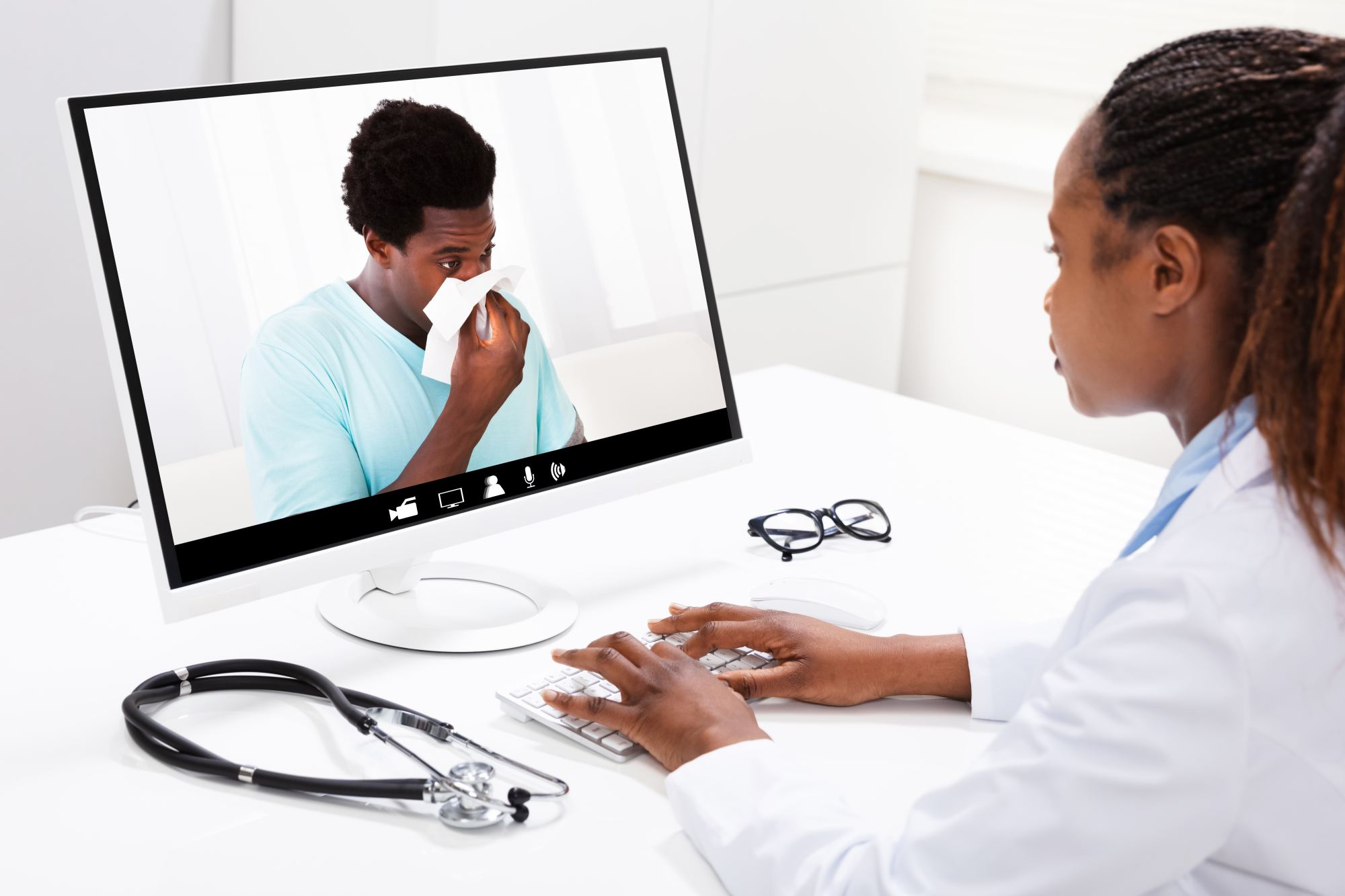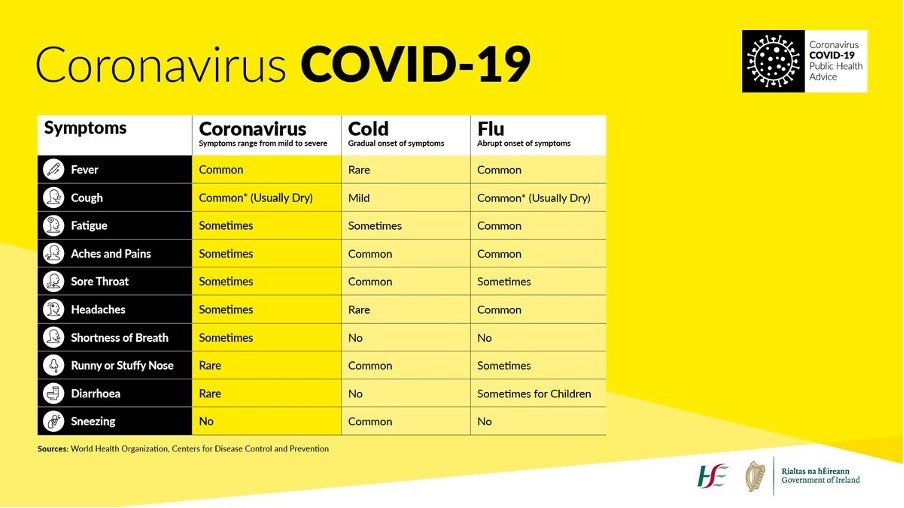Use Telehealth solutions to see flu patients this winter
Video consultation offers many benefits for the patients
In any given year 5–15% of the population is affected by influenza, leading to 3–5 million cases of severe flu and around 650 000 deaths globally. (Source: European Centre for Disease Prevention and Control).
COVID-19 continues to spread which means alongside flu, a flu “twindemic” could put more pressure on overloaded healthcare systems. Staff shortages across all disciplines in healthcare along with a growing population and an ageing population means that bed shortages and waiting lists are growing.
Understanding the symptoms of colds, flus and Covid19 will help patients get treatment when needed. Cold symptoms are usually milder and less debilitating than flu – flu more commonly has fever and can sometimes have associated headaches. Flu symptoms can be mild to severe and medical assistance is needed in more severe cases especially where there are underlying conditions.
Telehealth to reduce viral contagion
One way to tackle this twindemic preventatively, is to use telehealth to keep people out of hospitals and care centres, in their own homes, wherever possible. Telehealth uses digital information and communication technologies to access healthcare services remotely and manage health care. Examples of telehealth tools are remote patient monitoring, video-enabled calls and prescription management.
Telehealth provides the ability to have medical appointments and follow-ups with a clinician or therapist by phone, text or video for many services. Medical services such as flu assessment but also, chronic disease management, pain management, psychology, occupational therapy, physiotherapy and many more can use telehealth as a convenient alternative to face-to-face appointments where this is appropriate.
The Covid19 pandemic has accelerated the pace of change in adapting technology and new ways of working. This change can be further harnessed to provide new and more efficient and convenient ways of working.
Telehealth can connect people with clinicians and healthcare systems, enabling symptomatic patients to stay at home and communicate with clinicians through virtual channels. This helps reduce the spread of flu and other viruses, to mass population and medical staff.
Now is the time to put a virtual clinic in place ahead of the winter flu season. At one level, this can be achieved quite simply with
- a dedicated and private area or desk
- a computer device equipped with camera and microphone
- access to broadband
However, other areas to think about when setting up a virtual clinic are
- patient privacy (at both sides of the conversation)
- administrative support
Access to a private area to run a telemedicine service can be challenging. Privacy is key to a service where vulnerable patients are involved. Clinics can be fitted quite simply with soundproofed areas where a medical service can be run with teleconferencing and patients assessed at home. Telemedicine solutions that use local dedicated data servers will ensure that patient data is kept local and secure.
Administration support with telemedicine training is needed to set up these telemedicine appointments with patients, show patients in advance what is required in terms of a device with audio-visual capability. This allows the healthcare professional to get on with the task of diagnosing and treating the patient without worrying about the technology used to connect with the patient.
Telehealth Benefits
Telehealth is an incredibly useful technology which has many possibilities to help with reducing the spread of viruses such as winter flu and coronavirus. It does not replace meeting patients face to face especially in complex or initial cases. However it can be used to great advantage, when applied in a hybrid way, along with in-person visits. Access to telehealth can help provide specialist medical care and treatment for patients more rapidly. With administration support in place, telehealth can help fit more patients into busy clinical schedules and thereby reduce waiting lists. Carbon footprint can be reduced dramatically using remote healthcare tools. The pressures of transport fuel and costs, hospital car parking and travel time can be eased using telehealth.
Using telehealth to deliver new healthcare pathways
Digital healthcare solutions can be used to reconceptualise care pathways and deliver new ways to manage clinical and operational processes. With the right approach to these processes, telehealth can help offset the flu twindemic by keeping patients at home and out of hospital this winter.



